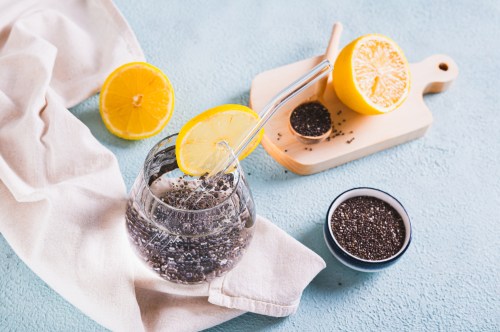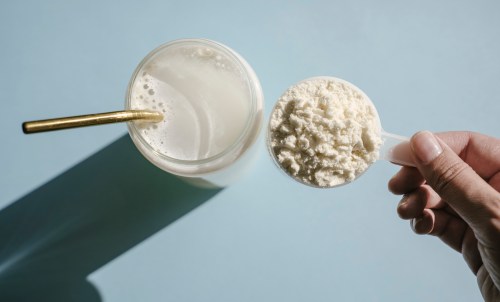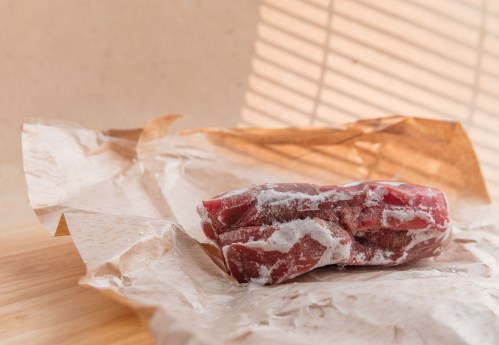While there’s certainly space for creamy dips and soft cheeses on any snack table, when it comes to the crudité platter, it’s really all about the crunch, which is why you want to keep carrots in water when you store them in the fridge so you never wind up with soggy sticks. Fortunately, storing your root veg in H2O is easy if you follow these steps below.
Step 1: Cut off carrot tops
Technically, you can eat every part of the carrot, but you’ll want to remove the stems to ensure that the roots stay fresh for as long as possible. This is because the green tops suck moisture out of carrots themselves. Rather than toss the stems, however, you can use them in soups, stir frys, or a personal favorite—carrot top pesto.
Step 2: Get a water bath ready
After separating roots from stems, you’re ready to place your carrots in the refrigerator. For the best results, get a sealable plastic bag or covered container, place the carrots inside, and fill it completely with water. Every four to five days (or whenever the water looks cloudy), dump it and refill your bag or container.
While this is generally the recommended method for fresh, unpeeled carrots, you can also apply the same trick to store-bought, pre-peeled baby carrots, too.
Step 3: Keep ethylene-gas-producing fruits away
If carrots have a major enemy, it’s ethylene-gas-producing fruits. In the same way that these fruits cause bananas to overripen, they can also cause carrots to go soft. Key culprits include apples, pears, and avocados, so be sure to keep your carrots far away from them in the fridge.
Alternatively, consider storing carrots in sand or sawdust
If you’re really looking to keep carrots fresh for months on end, rather than placing them in a water bath, you may instead consider damp sand or sawdust. This mimics their original environment underground, and can help them stay crisp for up to six months.
Should you go this route, you’ll still need to remove the carrot tops, but then place your carrots in the sawdust or moist sand in a bucket. Cover that bucket with a lid, and keep the container in a cool, dark area.
Does your love for carrots run deep? You’ll want to add this anti-inflammatory roasted carrot soup to the weekly meal prep rotation.
Oh hi! You look like someone who loves free workouts, discounts for cult-fave wellness brands, and exclusive Well+Good content. Sign up for Well+, our online community of wellness insiders, and unlock your rewards instantly.
Sign Up for Our Daily Newsletter
Get all the latest in wellness, trends, food, fitness, beauty, and more delivered right to your inbox.
Got it, you've been added to our email list.











